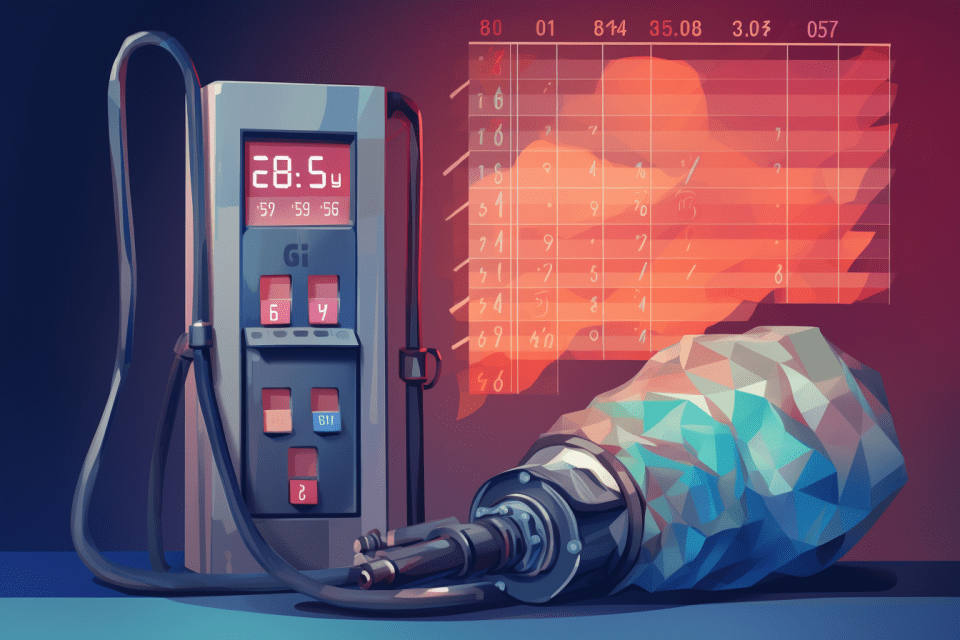Surge in Gas Fees on Ethereum Layer-2 Polygon (MATIC)
Gas fees on Ethereum layer-2 Polygon (MATIC) recently experienced a significant surge, increasing by more than 1,000% to reach a peak of $0.10. This surge was driven by users flooding the network with the minting of Ordinals-inspired tokens called POLS.
In a Twitter post on November 16, Polygon founder Sandeep Nailwal expressed his surprise at the elevated transaction activity on the network. He speculated that the spike could be attributed to the launch of a new Polygon-based nonfungible token (NFT) collection.
The rush of minting activity for POLS coincided with over 102 million MATIC tokens, worth $86 million, being used as gas. The POLS token is built on a protocol called PRC-20, which operates similarly to the Bitcoin Ordinals-derived BRC-20 token standard. Currently, only 8.7% of the total POLS supply has been minted, with just over 18,100 owners claiming the token.
Following the surge, Polygon gas fees have returned to typical levels, settling at around 882 gwei. Gas fees quantify the amount of computing effort needed to conduct a transaction on a given blockchain, with 1 gwei equal to approximately 0.000000001 MATIC.
Interestingly, the Bitcoin network experienced a similar spike in activity earlier this year when the Ordinals protocol was released. This allowed users to mint NFTs directly onto the Bitcoin blockchain. The frenzy for Ordinals NFTs and BRC-20 tokens led to a surge in Bitcoin fees, reaching levels not seen since April 2021. Some Bitcoin enthusiasts criticized the NFT protocol and token standard as wasteful.
Conclusion
The surge in gas fees on Ethereum layer-2 Polygon (MATIC) was primarily driven by the minting of POLS tokens. This spike in network activity highlights the growing interest in nonfungible tokens and their impact on blockchain ecosystems. While gas fees have returned to normal levels, it is important to monitor such developments as they can provide valuable insights into the evolving cryptocurrency landscape.

